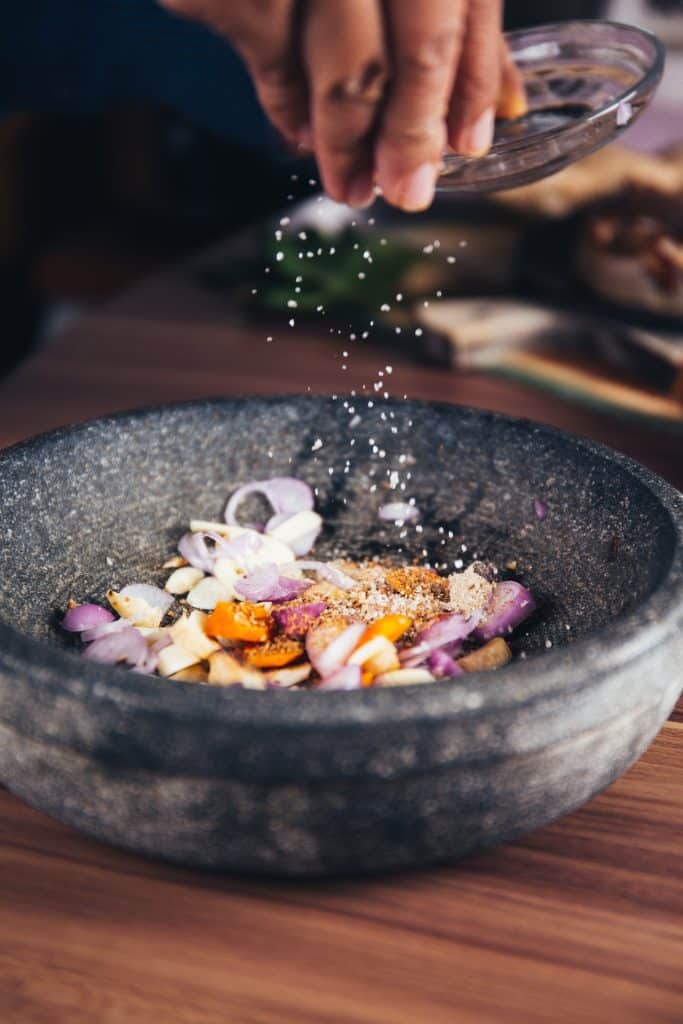Buzz Haven: Your Source for Trending Insights
Stay updated with the latest buzz in news, trends, and lifestyle.
Make Your Dinner a Star: Tips for Stunning Food Photography
Transform your meals into visual masterpieces! Discover expert tips for stunning food photography that will make your dinner a true standout.
5 Essential Tips for Captivating Food Photography
1. Understand Lighting: The most important factor in captivating food photography is lighting. Natural light works wonders, so try to shoot your food photos near a window during the day. Avoid harsh overhead lights that can create unflattering shadows. Instead, consider using a diffuser or softbox to soften the light, creating a more inviting atmosphere. Experiment with different times of day to see how the natural light influences your images.
2. Composition Matters: The arrangement of the food on the plate plays a crucial role in food photography. Follow the rule of thirds by dividing your frame into a 3x3 grid and placing your key subjects along those lines. Don't forget to add some interesting elements around your main dish, like fresh herbs or colorful ingredients, to create a sense of context. Lastly, use different angles, like top-down or 45 degrees, to find the most captivating view.

How to Use Natural Light for Stunning Dinner Shots
Using natural light in your dinner photography can elevate your images and bring out the colors and textures of your dishes. To start, plan your shoot during the golden hour—typically the hour after sunrise or the hour before sunset—when the light is soft and warm. Position your dining setup near a window or in an area that receives abundant diffused light. If the sunlight is too harsh, consider using sheer curtains to soften it. This will help prevent deep shadows and overly bright spots, ensuring your dinner shots look balanced and inviting.
When composing your shots, think about how natural light interacts with your food. Use white or light-colored tableware to reflect light and make your dishes pop. Additionally, consider incorporating elements like floral arrangements or textured fabrics to enhance the scene without distracting from the main subject. Experiment with different angles, such as shooting from above to capture the layout of the table or at eye level for a more intimate feel. Remember, the goal is to create a warm and inviting atmosphere that showcases your culinary creations in the best light possible.
The Art of Plating: Elevate Your Dinner for the Camera
In today’s visually driven world, the art of plating has become an essential skill for anyone looking to elevate their dinner presentations, especially for social media. A beautifully plated dish not only enhances the dining experience but also captures the attention of your audience. To start, consider the use of contrasting colors and textures. For example, pairing a vibrant green salad with a rich, dark protein creates an enticing visual appeal. Incorporating garnishes like fresh herbs or edible flowers can also add that extra touch of elegance.
Furthermore, the arrangement of your dish plays a crucial role in showcasing your culinary skills. Use negative space strategically by leaving some areas of the plate empty; this draws the eye towards the food itself. When plating, think in terms of layers and heights. Use various heights to create dimension—perhaps a small mound of mashed potatoes topped with a juicy piece of meat, complemented by a drizzle of sauce. Lastly, don't forget the finishing touches: a sprinkle of seasoning or a drizzle of olive oil can make all the difference in your dinner for the camera.